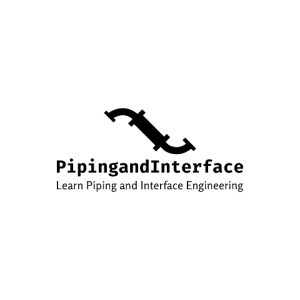Yield strength is the stress level at which a material begins to deform plastically or permanently. In other words, it is the maximum amount of stress that a material can withstand before it starts...
Archives: Blog
What is a Fluid Service? Fluid Service Categories as per ASME B31.3
Fluid service in process piping refers to the type of fluid (liquid or gas) that is being transported through a piping system. This includes factors such as the chemical properties of the fluid, its...
The National Association of Corrosion Engineers International (NACE) is a professional organization that focuses on corrosion prevention and control. NACE International was founded in 1943 and is...
Secrets of Residual Stresses: Understanding its Causes, Effects, and Management Strategies
Residual stress is the stress that remains in a material after all external loads and constraints have been removed. In the context of pipe stress analysis, residual stress refers to the stress that...
Hot Bending and Cold Bending of Pipelines | Hot Bending vs Cold Bending
All pipeline engineers are well aware of the terms hot bending and cold bending. In general, pipelines do not use normal elbows for directional changes. The pipes are bent in a bending machine to the...
Battery Limit in a Refinery and Process Plant | ISBL and OSBL
The battery limit of a refinery or process plant refers to the physical boundary of the plant beyond which no process equipment or facilities are considered part of the plant. It is the point up to...
